
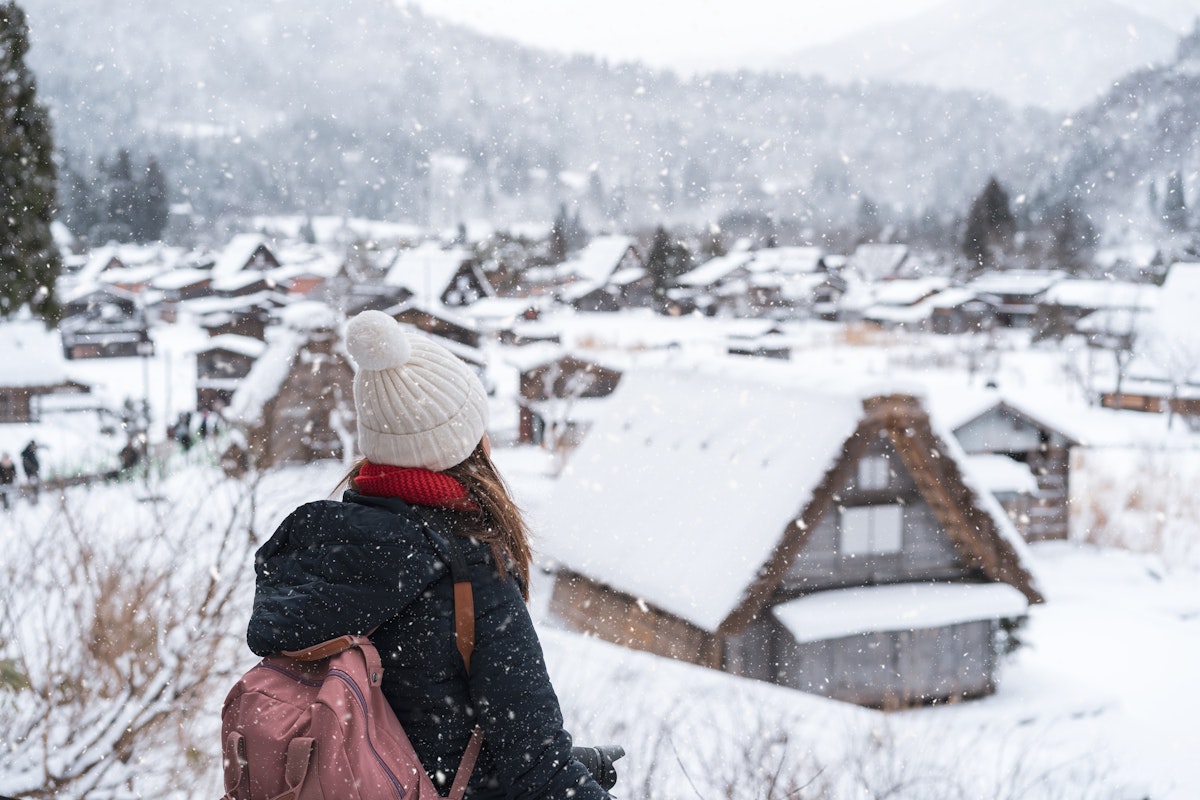
冬季的日本是白雪皑皑的风景、文化庆典和惊心动魄的冒险奇观。这个国家多元化的地区为每位旅行者提供了独特的东西,从北海道令人叹为观止的粉雪到宁静美丽的温泉镇银山温泉.
无论您是在追逐从世界级斜坡上滑雪的肾上腺素,还是惊叹于令人惊叹的雪雕,或者只是品尝时令美食的温暖,日本都会变成一个冬季仙境。让我们深入了解一下何时何地可以在日本体验雪,并发现在这个神奇的季节可以参加的最佳活动。
冬季,通常从 12 月到 3 月,日本会下雪。北部地区的雪季开始得更早,北海道等地早在 11 月就开始下雪。另一方面,南部地区,如九州,很少见雪。
北海道:降雪从 11 月开始,在 1 月和 2 月达到高峰,通常持续到 4 月初。
本州中部(日本阿尔卑斯山): 雪季从 12 月到 3 月,隆冬时节会积大雪。
南日本:这里的降雪量很小,甚至不存在。
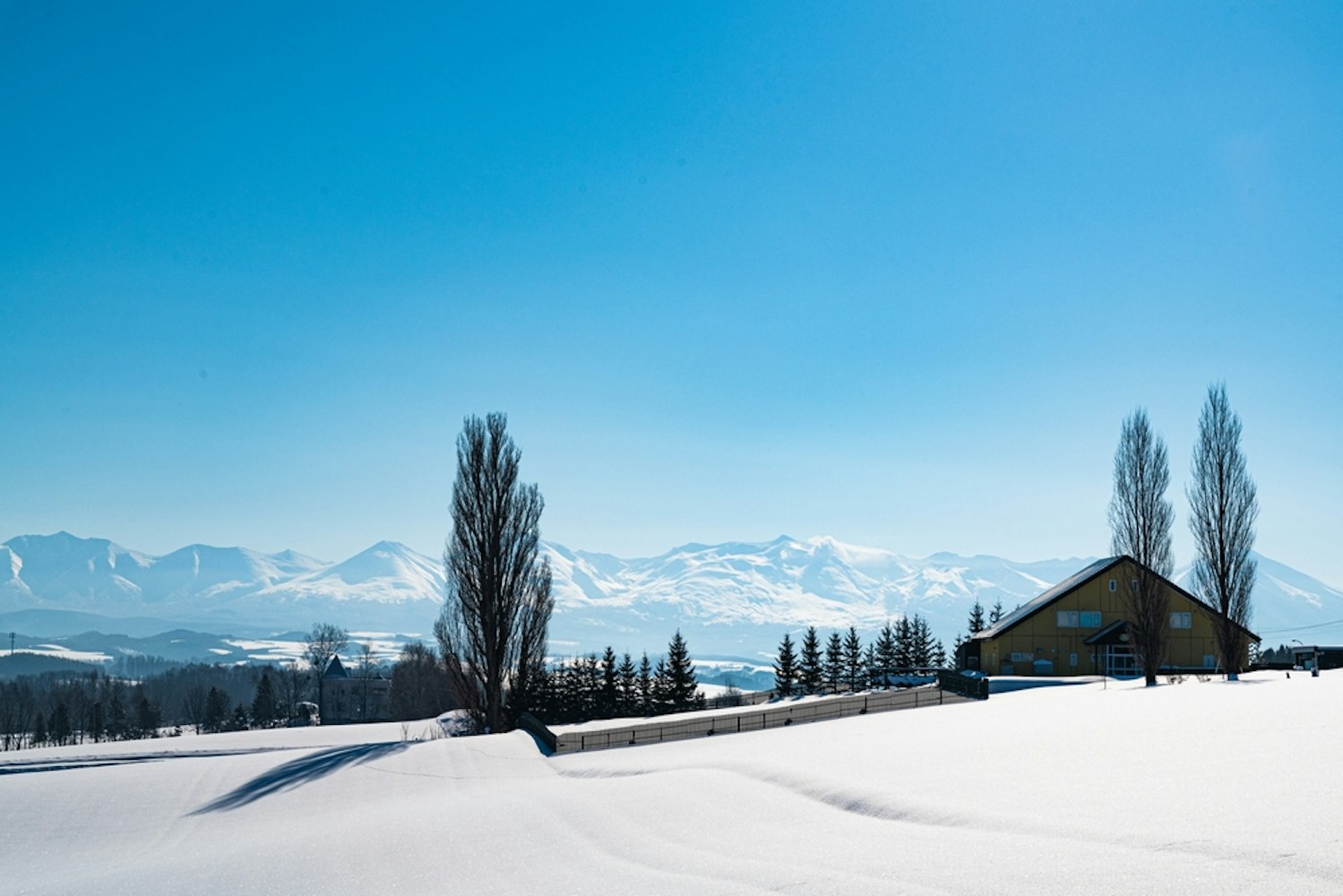
以其原始的粉雪而闻名,北海道是寻求世界级冬季体验的滑雪者和单板滑雪者的天堂。该地区始终如一的优质雪质无与伦比,为初学者和经验丰富的爱好者提供了理想的条件。
像二世谷这样的度假胜地以其丰富的降雪量和多样的地形而闻名,以及富良野等以其迷人的山景和具有挑战性的斜坡而闻名,吸引了来自世界各地的游客。除了滑雪场,北海道还提供舒适的村庄、滑雪后的餐饮和令人放松的温泉,使其成为冬季冒险家的全方位目的地。
札幌冰雪节: 2 月参观,惊叹于巨大的冰雪雕塑。
旭川动物园:与野生动物的雪地冒险。
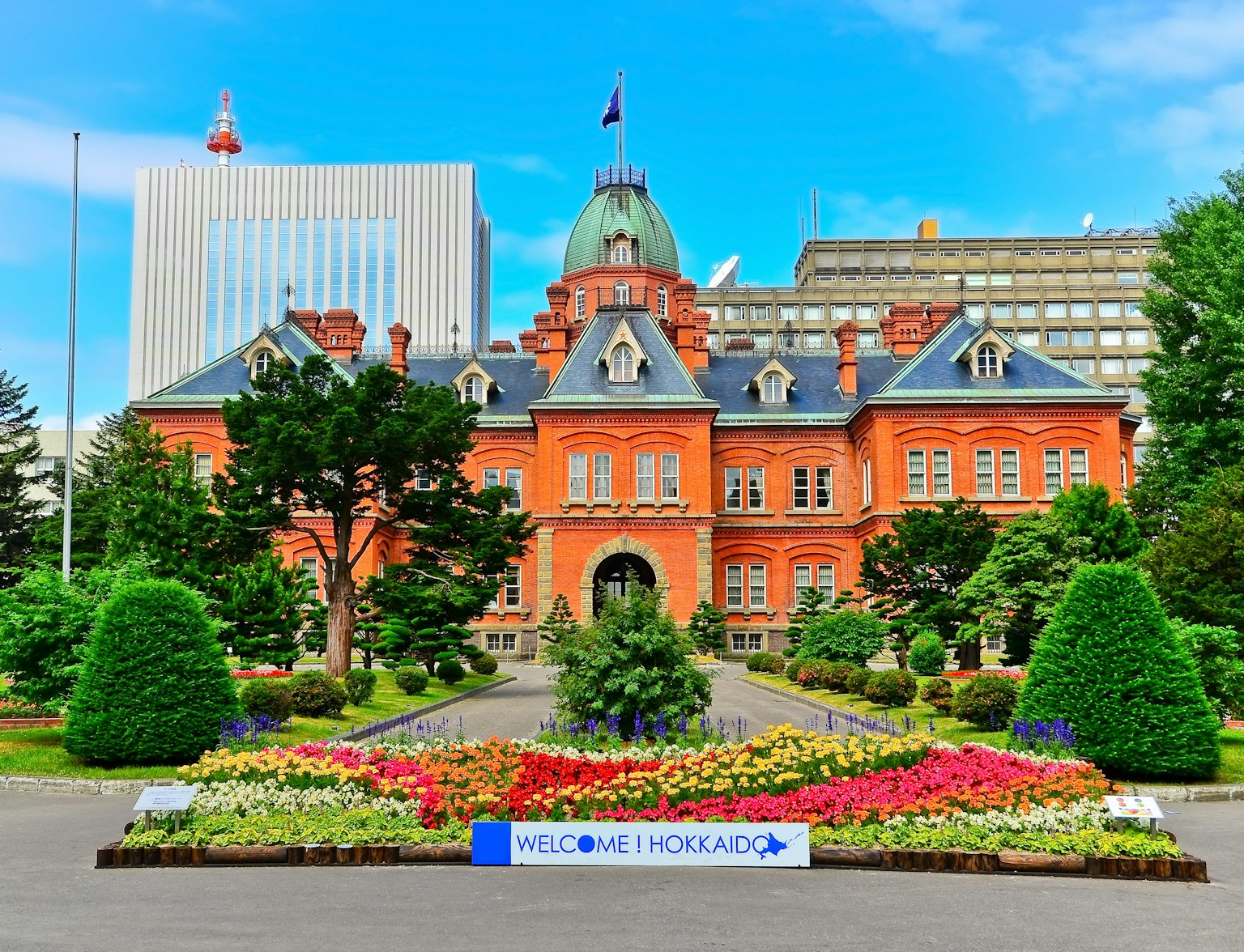
在这个身临其境的早晨徒步旅行中探索札幌的精髓。
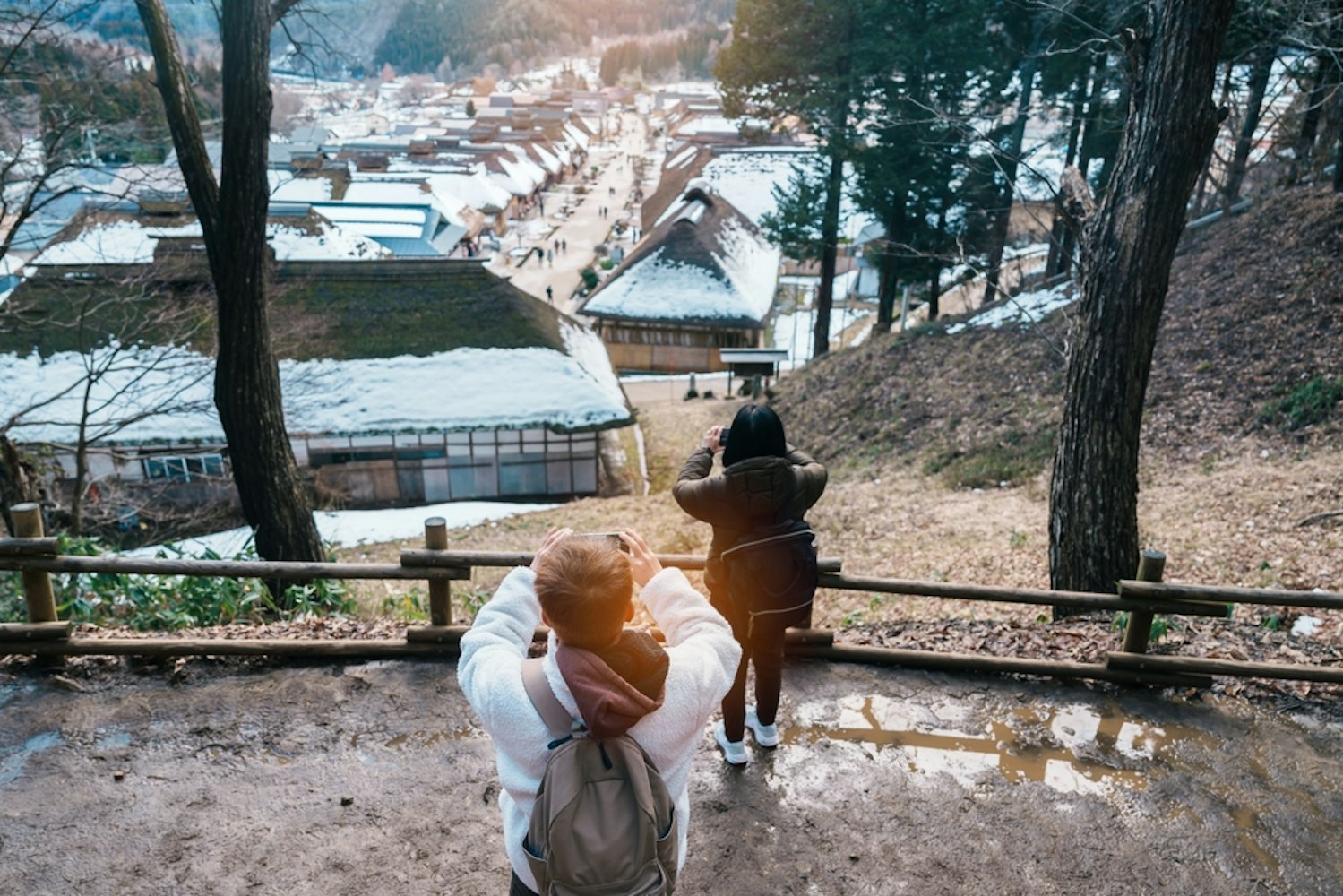
在本州东北部,东北地区拥有一些日本最独特、最迷人的冬季景点。其中包括藏王山上传说中的“雪怪”,由于罕见的冰冻温度、强风和日本海的水分,树木被冰雪包裹。
这些被称为树冰的自然雕塑创造了一种超现实的、几乎超凡脱俗的景观,尤其是在独特的冬季节日期间,当夜晚被照亮时。游客可以欣赏到壮丽的景色、惊心动魄的滑雪冒险,甚至可以乘坐缆车近距离观看这些冰冷的巨人,使藏王山成为冬季爱好者的必游之地。
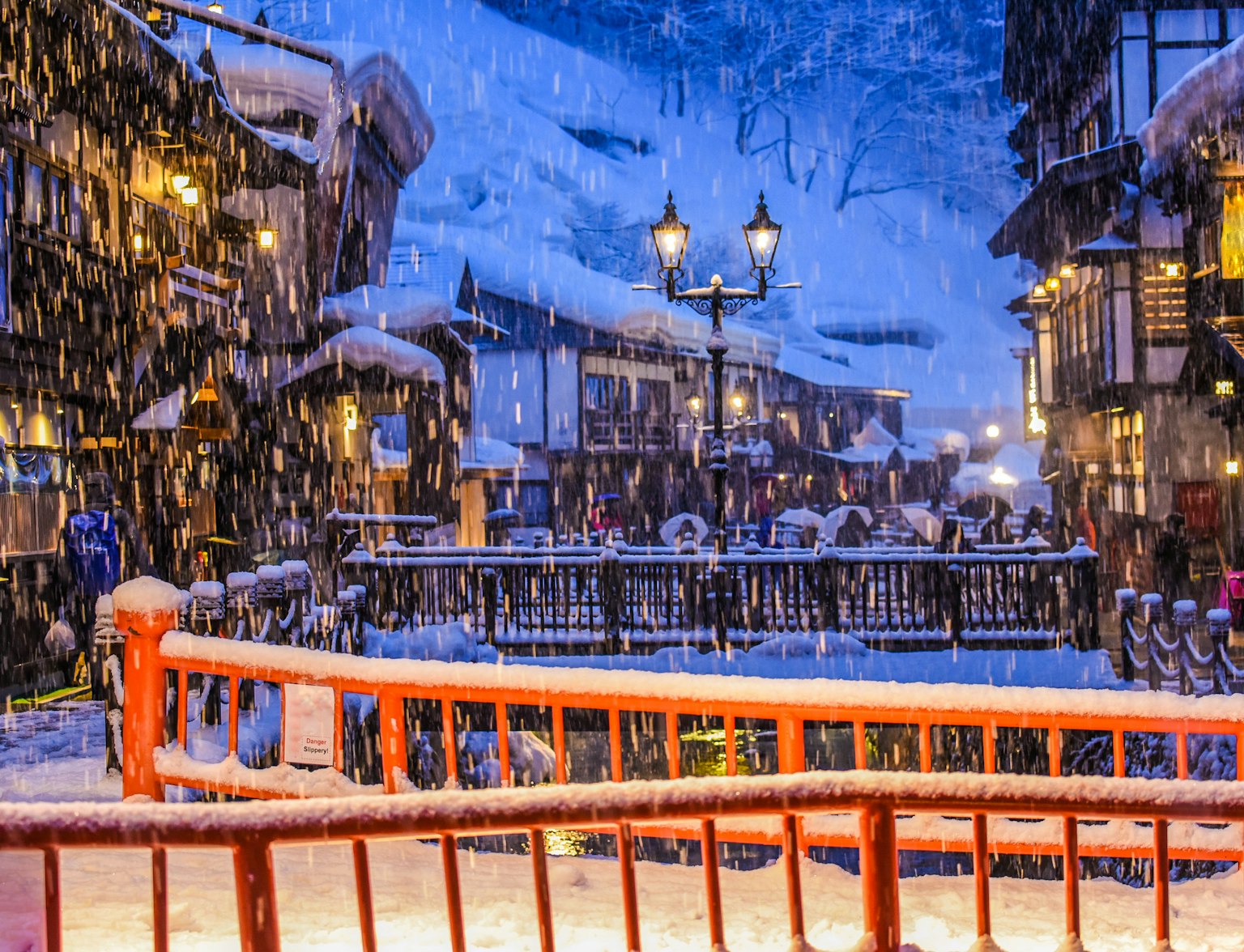
使用 JR EAST PASS 探索东北地区的奇观。
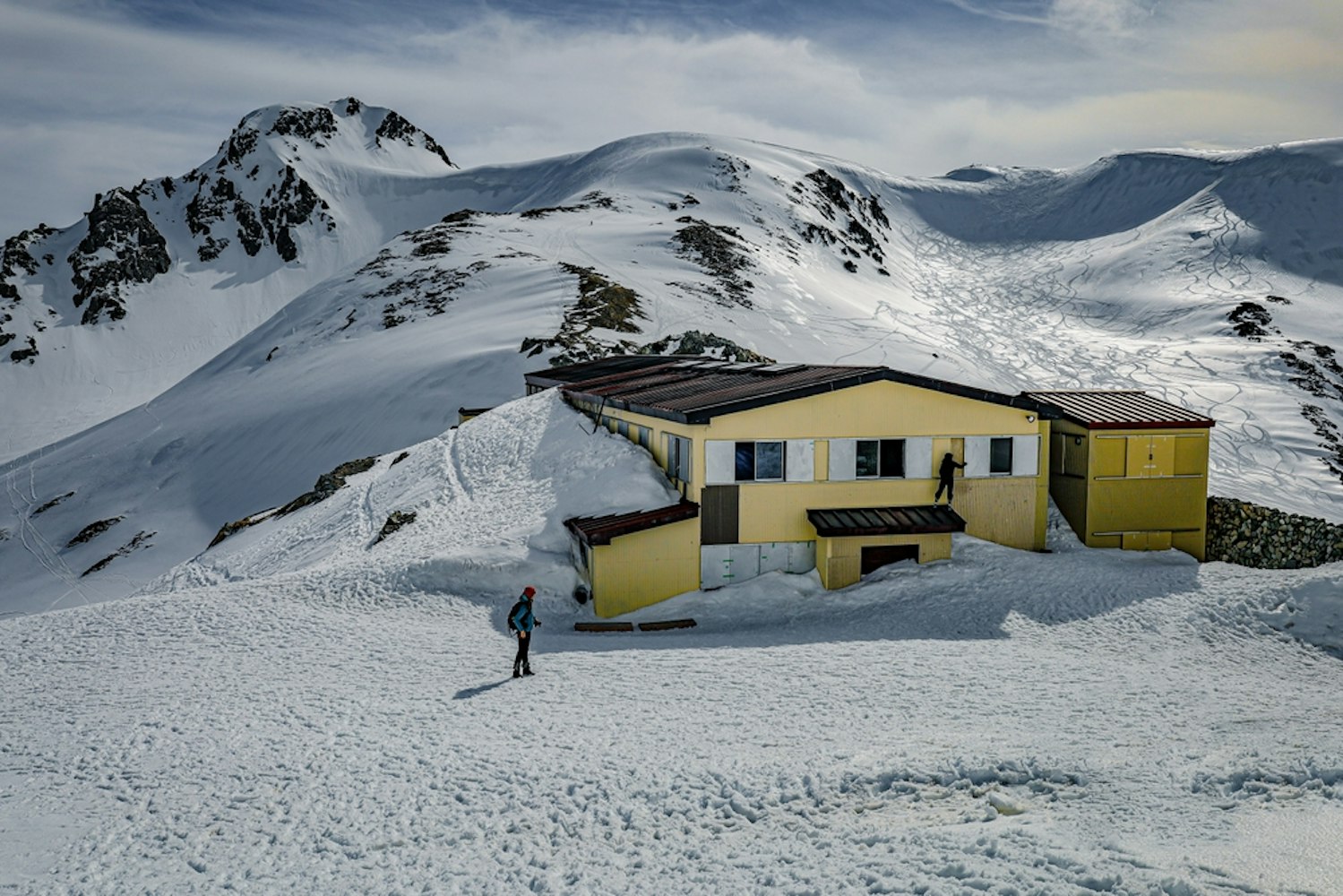
日本阿尔卑斯山地区横跨长野和新泻,是一个令人叹为观止的冬季目的地,以其大雪、迷人的村庄和首屈一指的滑雪胜地而闻名。它拥有高耸的山峰和原始的风景,是冒险者和寻求宁静的人的天堂。
白马谷,著名的在1998 年冬季奥运会,为所有技能水平的人提供世界一流的滑雪和单板滑雪机会。除了滑雪场,游客还可以在该地区令人振奋的温泉中放松身心,周围环绕着白雪皑皑的山脉的宁静之美。
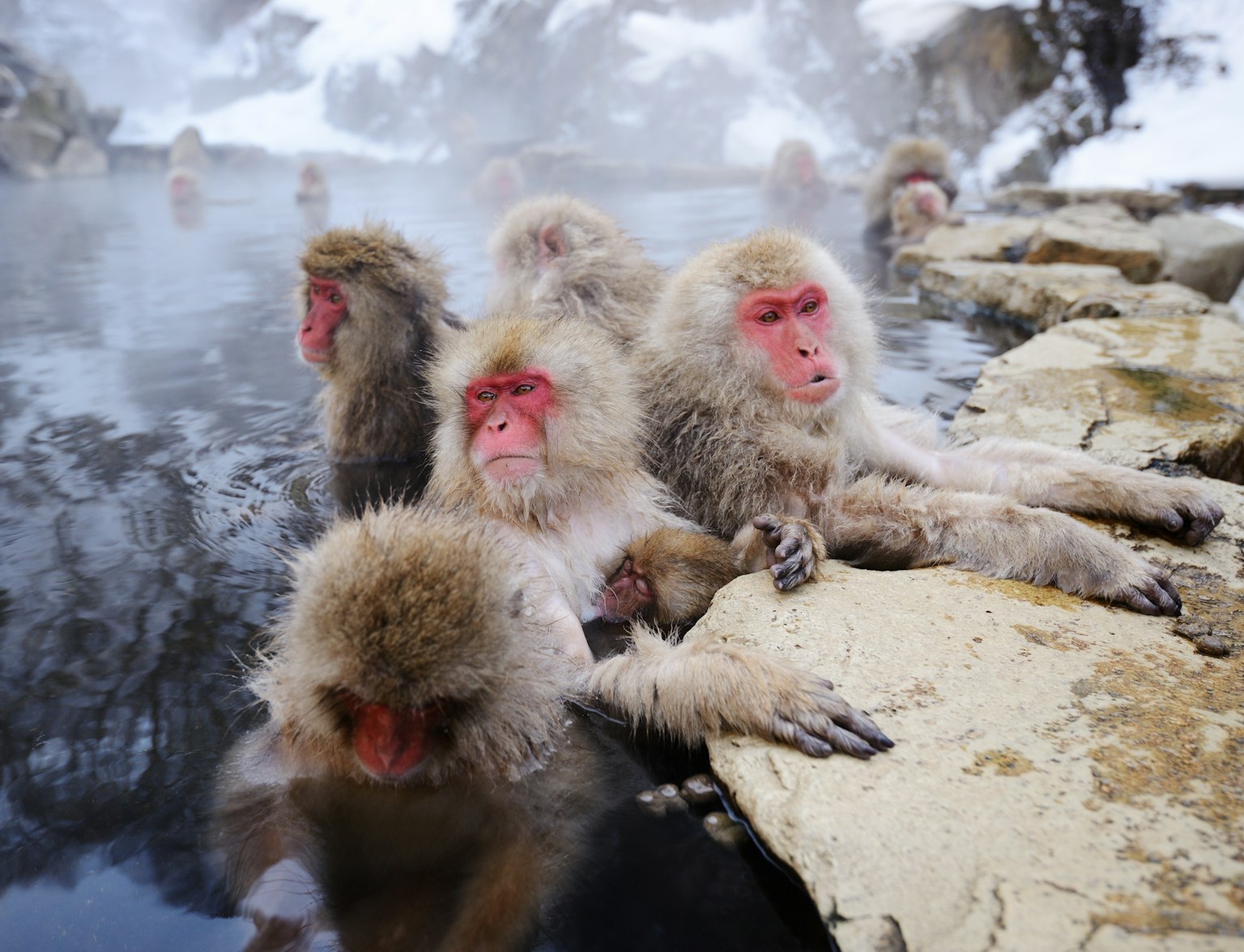
加入我们的愉快一日游,探索长野的奇观。

沿着日本海,石川县等地区降雪量大,使该地区成为冬季爱好者的天堂。这场非凡的降雪是由来自日本海的富含水分的云层与冷空气和山区地形碰撞,形成一致而丰富的雪。
结果是风景如画的景观,非常适合雪鞋行走、滑雪和温泉度假胜地,吸引着渴望冒险和放松的游客。石川县及其邻近的县拥有迷人的城镇、传统的日式旅馆和壮丽的景色,是拥抱日本白雪皑皑的魅力的必游目的地。
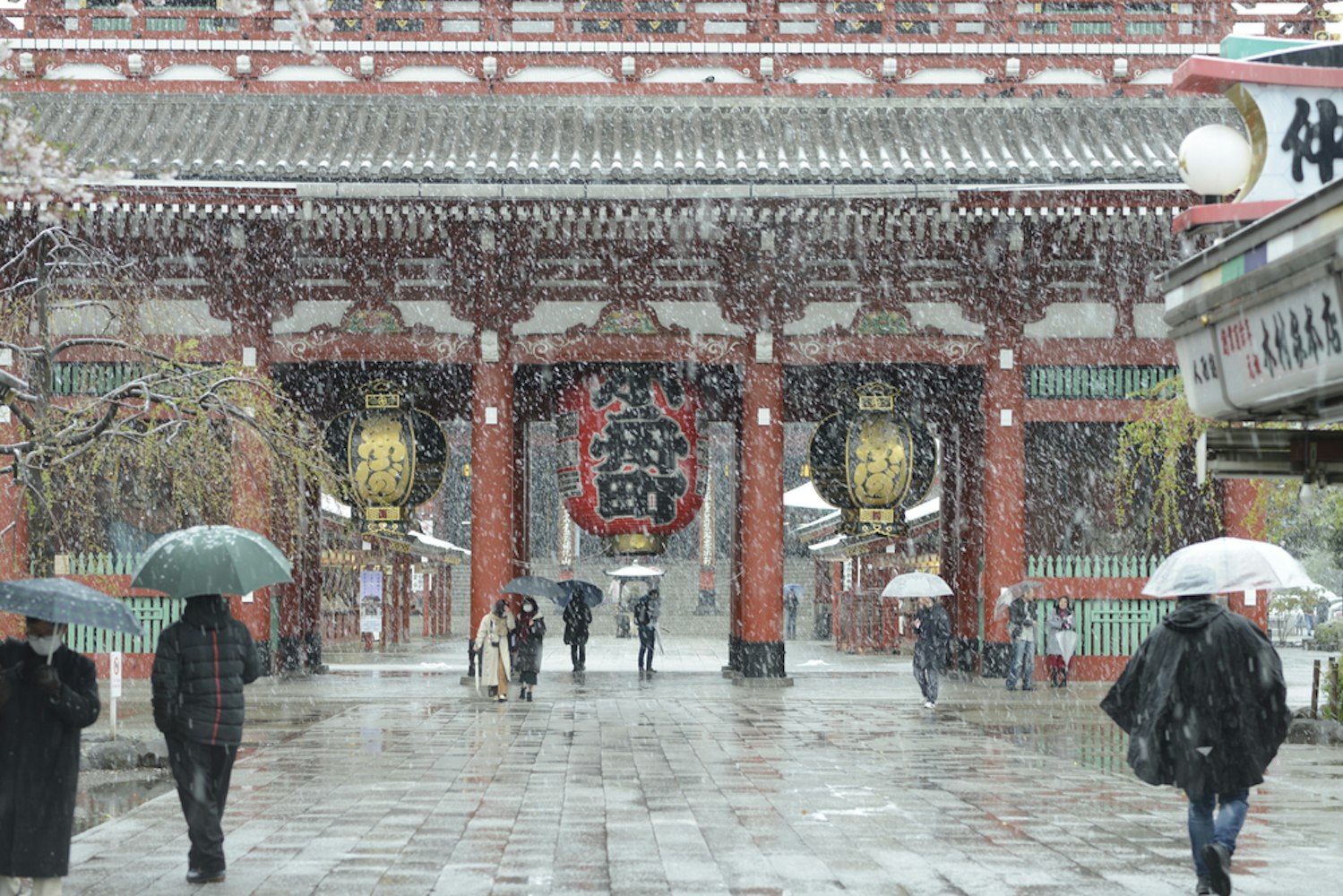
而东京不经常下雪,1 月和 2 月偶尔会下小雪,为这座充满活力的大都市增添了温暖的冬季魅力。通常繁忙的街道和公园被一层柔软的雪覆盖,营造出宁静的氛围,与城市充满活力的氛围形成鲜明对比。
东京塔和皇居等标志性地标在罕见的降雪中呈现出神奇的面貌,让当地人和游客都感到高兴。虽然积雪通常很少,但在东京天际线的背景下飘落的景象是一种难忘的体验,感觉几乎像电影一样。
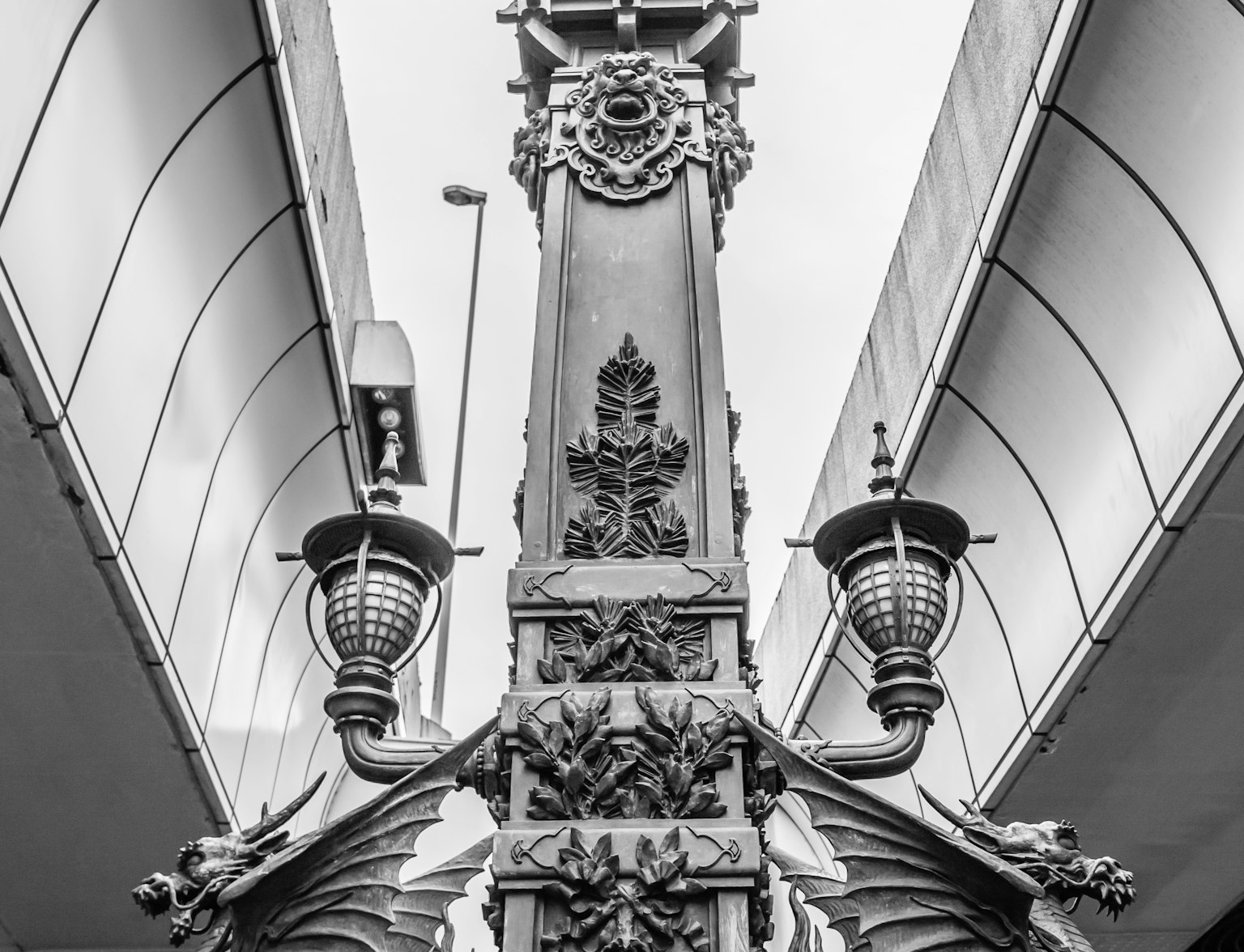
踏上穿越东京皇宫和历史悠久的日本桥区的旅程。
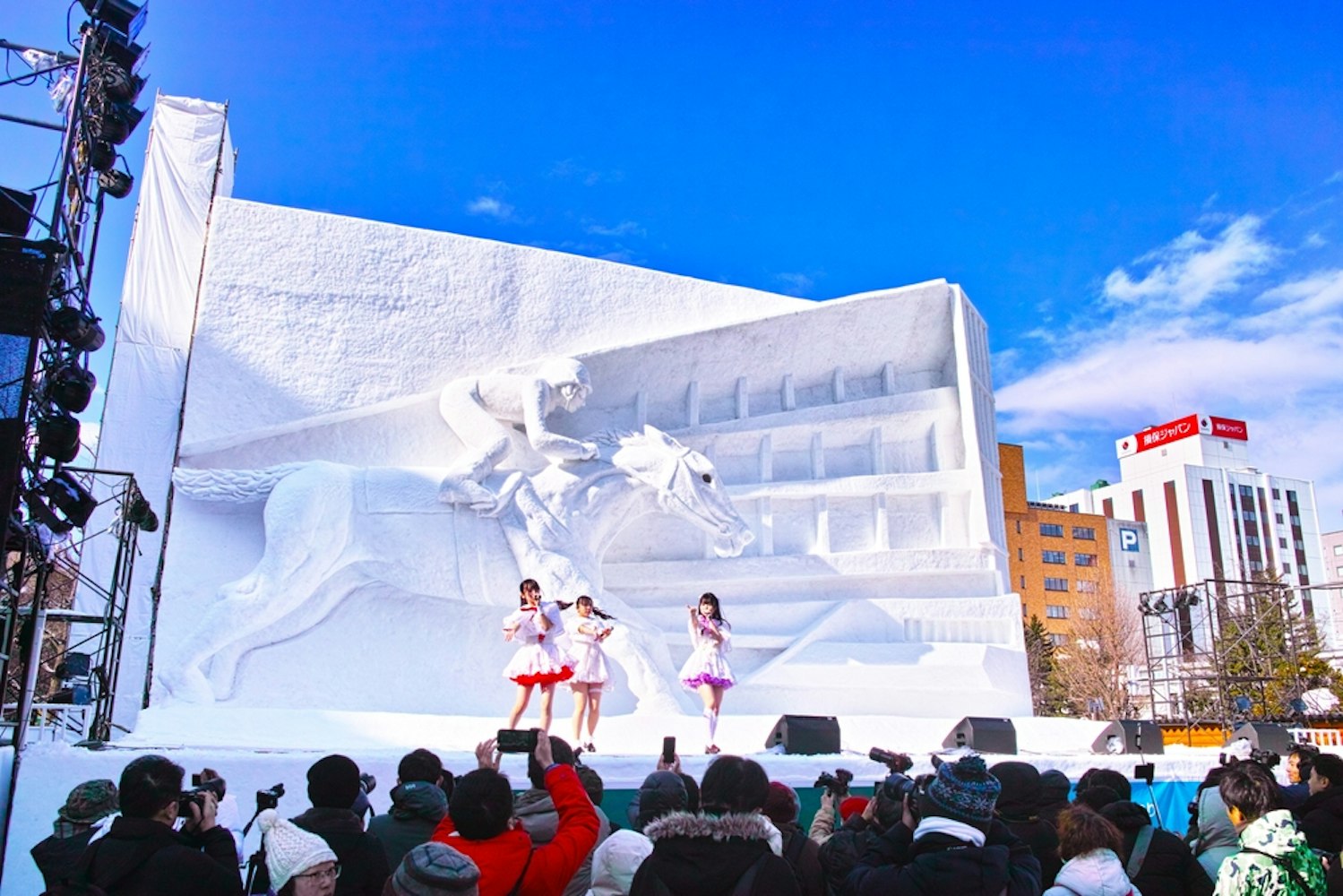
札幌冰雪节:这个举世闻名的节日每年在北海道举行,展示了错综复杂的雪雕和令人眼花缭乱的灯光秀,吸引了各个年龄段的游客。从描绘著名地标的大型雕塑到互动式冰滑梯,这是艺术和冬季奇观的庆典,每年 2 月都会吸引数百万人。
银山温泉: 山形县银山温泉是一个历史悠久的温泉小镇,当被雪覆盖时,它会变得特别神奇。传统的木制旅馆,在灯笼的柔和照耀下,营造出宁静浪漫的氛围,让人想起怀旧的日本。
立山黑部的雪墙:这立山黑部阿尔卑斯山脉路线允许游客在高耸的雪墙之间行走,这些雪墙由深厚的降雪雕刻而成,最高可达 20 米。通常在 4 月至 6 月期间进入,这种令人叹为观止的体验证明了日本壮观的冬季景观。
白马谷: 它的 10 个不同的滑雪胜地是各种技能水平的滑雪者和单板滑雪者的天堂,从平缓的斜坡到惊心动魄的黑色滑道,应有尽有。除了冬季运动,游客还可以在该地区的温泉中放松身心,在白雪皑皑的山峰周围浸泡疲惫的肌肉。
雪怪: 在藏王山上,冰冷的风和大雪将树木变成了怪异的、超凡脱俗的形状,被称为雪怪。这些自然雕塑在夜间被照亮,提供令人难忘的冬季奇观,已成为东北地区的标志性景点。
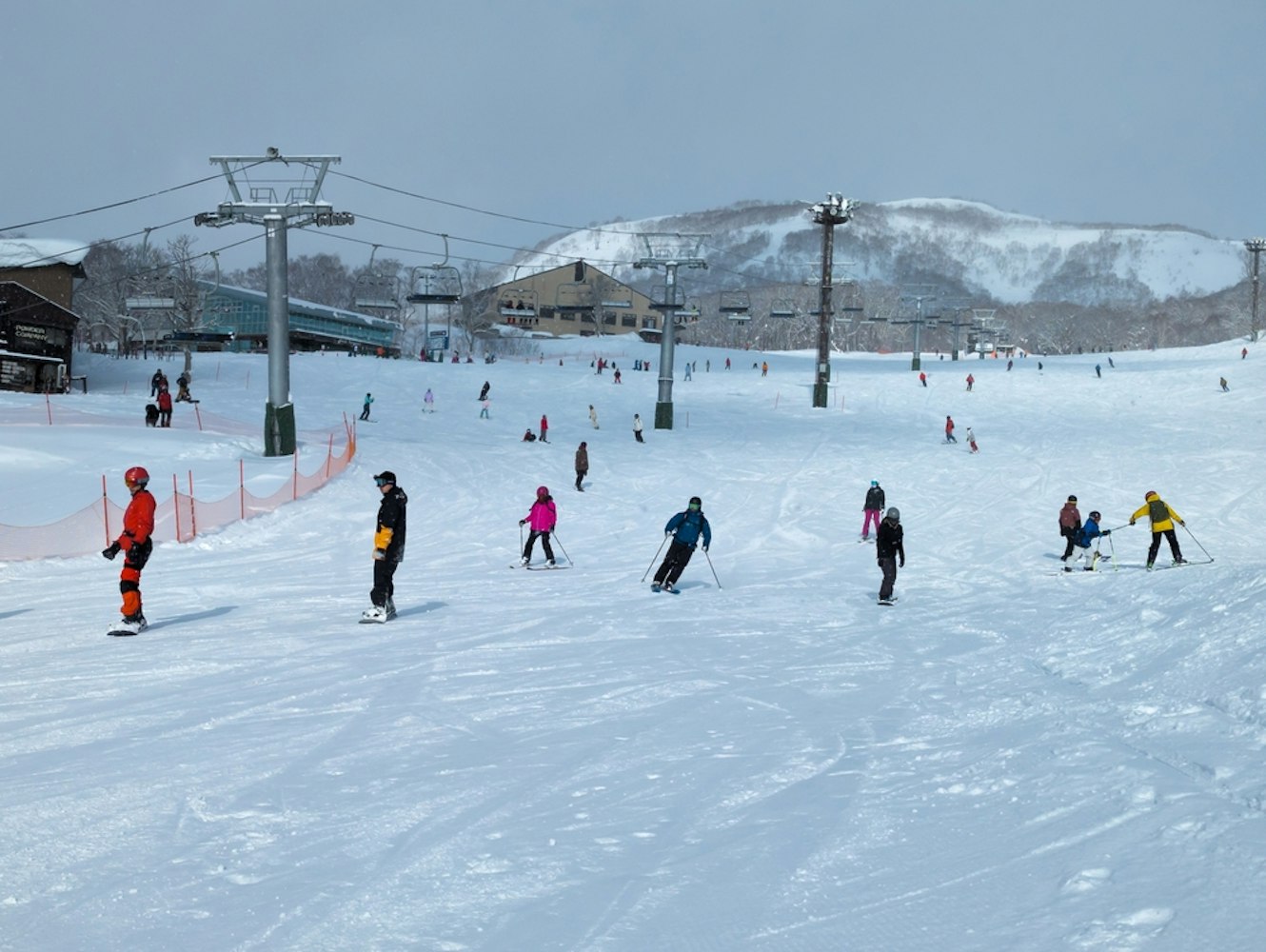
双板滑雪和单板滑雪: 日本拥有一些最好的滑雪度假村在世界上,有细腻的粉雪和整齐的斜坡。热门目的地包括二世谷、富良野和日本阿尔卑斯山。
泡温泉:没有什么比沉浸在被白雪皑皑的景色包围的热气腾腾的温泉中更棒的了。长野、箱根和北海道的度假村提供令人难以置信的环境。
时令美食: 用关东煮、丰盛的冬季炖菜温暖您的心灵,或在北陆地区享用新鲜捕获的螃蟹。麻糬和热清酒也是冬季的主食。
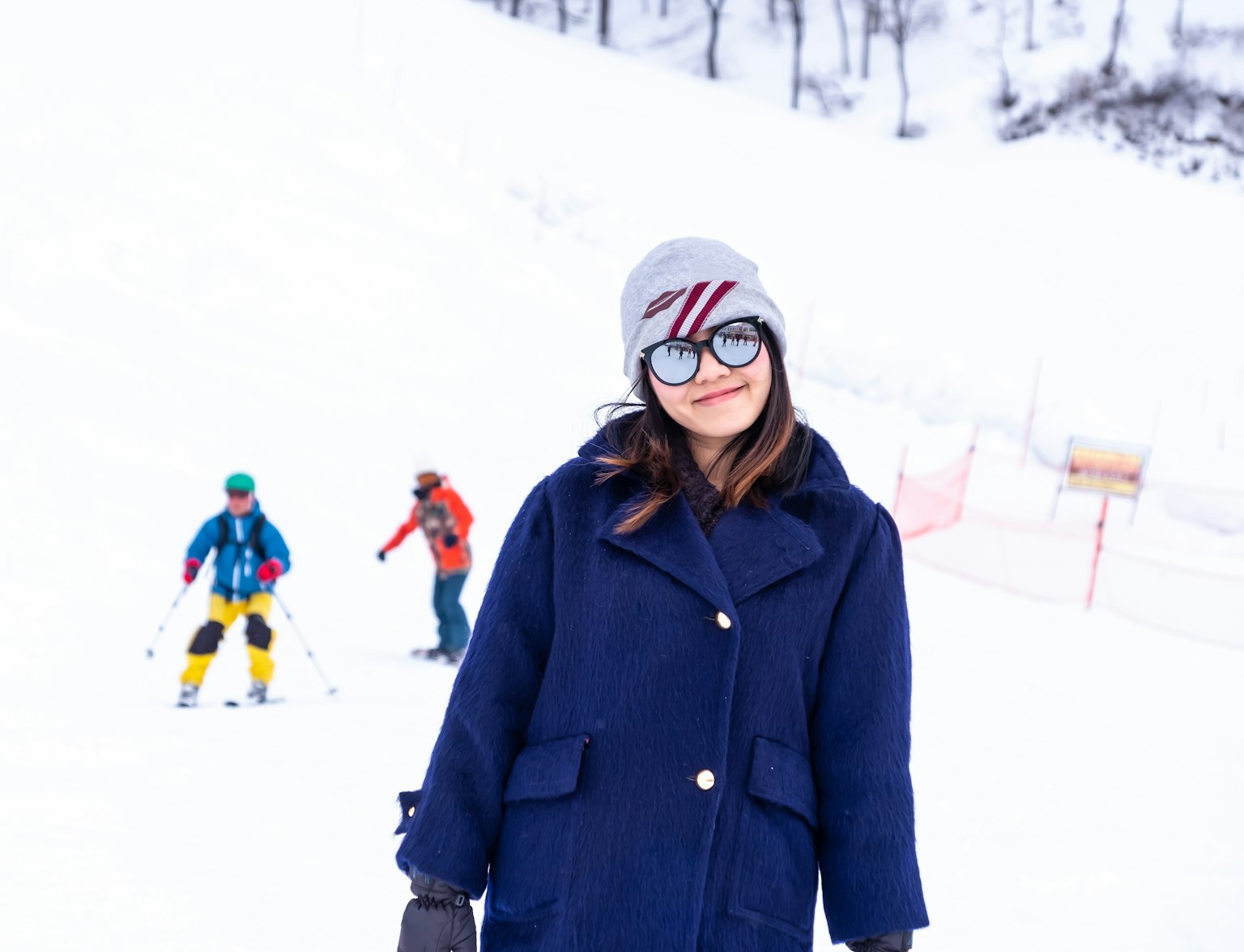
在新泻的小出滑雪场体验滑雪的快感!
暖和包装:北海道和长野等地区的低温可能非常寒冷。投资一件好的夹克、手套和防水靴。
提前计划: 像新雪谷这样的热门滑雪胜地会很繁忙 - 尽早预订住宿和缆车票。
智能旅行: 许多地区都很偏远,因此请研究交通选择。日本高效的火车系统,包括新干线,使旅行变得方便。
日本的冬天不仅仅是降雪,它还神奇地融合了令人叹为观止的自然美景、令人振奋的冒险和根深蒂固的文化传统。从北海道未受破坏的粉雪到白雪皑皑的温泉小镇的怀旧魅力,每一刻都感觉像是走进了明信片。
无论您是在原始的山坡上滑雪,还是在札幌冰雪节上欣赏令人敬畏的雪雕,还是品尝传统温泉的温暖,日本的冬季都会带来无数独特的体验。所以,带上你最舒适的衣服,拥抱冰冷的温度,准备在这个冬季仙境中度过一段难忘的旅程。
冬季去日本旅行应该带些什么?
带上保暖、分层的衣服,包括保暖服、羽绒服、手套、围巾和防水靴,以在日本寒冷和多雪的冬季条件下保持舒适。
冬天在日本旅行容易吗?
日本的公共交通系统,包括火车和公共汽车,在冬季高效运行,但在大雪地区偶尔可能会出现延误。
除了札幌冰雪节之外,日本还有什么冬季节日吗?
日本举办多个冬季节日,例如北海道的旭川冬季节,以大型雪雕和灯饰为特色。
冬季旅行期间,日本各地都可以使用信用卡吗?
虽然许多城市场所都接受信用卡,但建议携带足够的现金,尤其是在前往农村地区或参加当地节日时,现金是首选。
冬天参观寺庙或神社有什么特别的注意事项吗?
在冬季,寺庙和神社场地可能会很冷,有时会因下雪而变得湿滑;建议穿着合适的鞋子和保暖的衣服。



